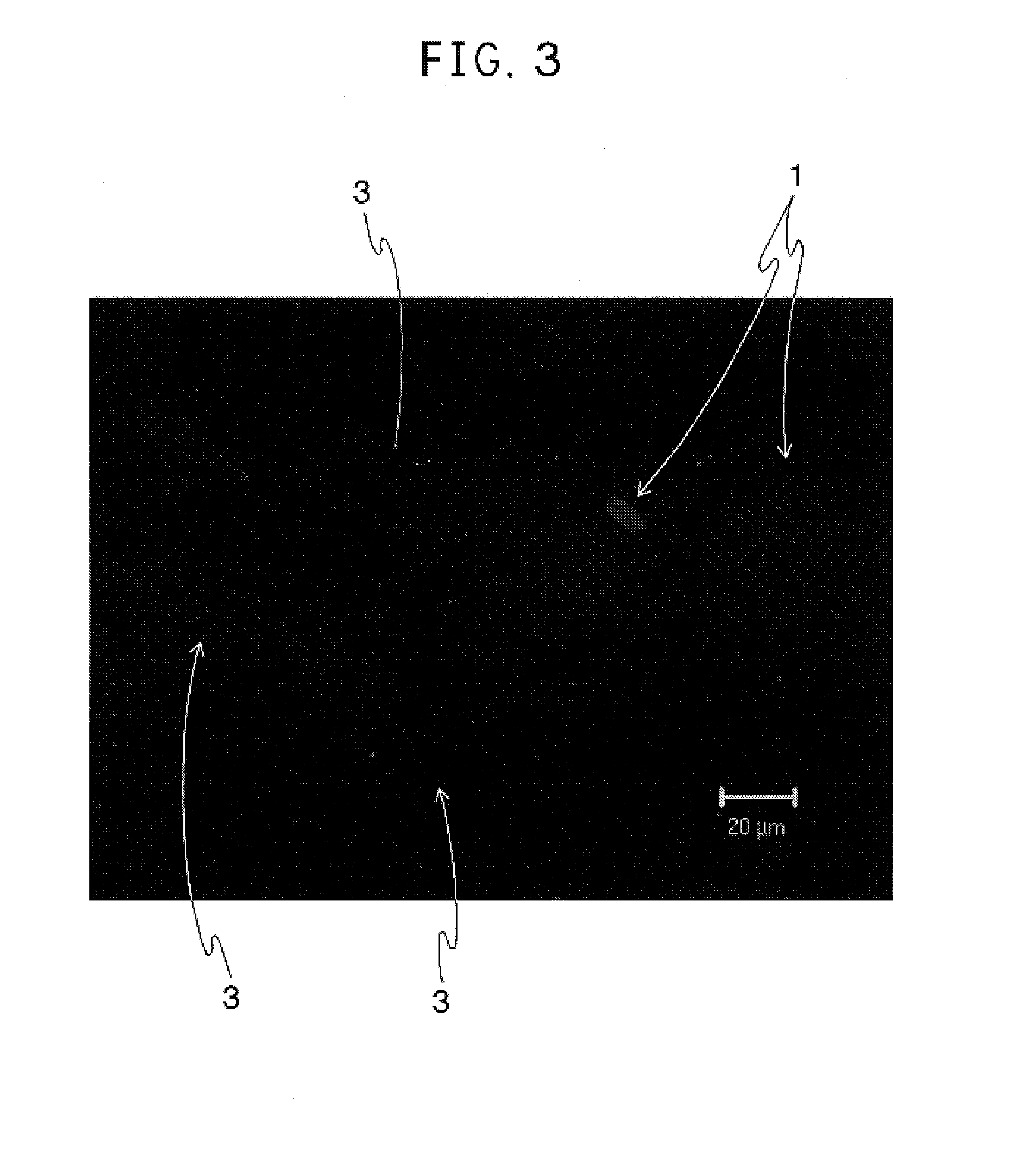Insulin expressing human pancreatic islet cell line capable of reversibly proliferating and use thereof
a technology of human pancreatic islet cell line and insulin, which is applied in the direction of genetically modified cells, drug compositions, metabolic disorders, etc., can solve the problems of severe complications caused by concomitant transplantation of exocrine glands, severe complications, and insulin shortage, and achieve the effect of enhancing insulin expression
- Summary
- Abstract
- Description
- Claims
- Application Information
AI Technical Summary
Benefits of technology
Problems solved by technology
Method used
Image
Examples
example 1
[0047]Establishment of the Reversibly Immortalized Human Pancreatic Islet Cell Line NAKT-13 (Deposited with International Patent Organism Depository, National Institute of Advanced Industrial Science and Technology, Address: AIST Tsukuba Central 6, 1-1, Higashi 1-Chome, Tsukuba-Shi, Ibaraki-Ken, 305-8566 Japan, Deposited Date: Sep. 4, 2003, Accession Number: FERM BP-08461)
[0048]Spherical cells (10 cells) with good-looking conformation were selected from isolated healthy human pancreatic islet cells provided from Alberta University, Canada (available to everyone from Dr. Jonathan R T. Lakey, Human Pancreatic Islet Transplantation Program, Alberta University, Canada) by hand pickup method under stereomicroscope (STEMI, made by Carl Zeiss, Germany), and inoculated in a T25-culture flask. As a basal culture medium, a medium composed of William's MEDIUM E (available from SIGMA, Saint Louis, USA) supplemented with 10% of fetal calf serum (FCS, available from SIGMA), 10−7 mol / l of insulin ...
example 2
Excision of SV40T Gene and hTERT Gene from Reversibly Immortalized Human Pancreatic Islet Cell Line
[0052]The reversibly immortalized human pancreatic islet cell line obtained in Example 1 was cultured at 105 cells / ml in a medium composed of DMEM low glucose (available from Gibco, Auckland, N.J.) supplemented with 10% of FCS, 10 mM of nicotinamide and penicillin G / streptomycin. Twenty-four hours after incubation start-up, an adenoviral expression vector AxCANCre encoding a Cre recombinase was added to the medium at 1 MOI (multiplicity of infection), followed by persistent infection for forty hours. The cells obtained were washed twice with PBS and then the medium was exchanged. As shown in FIG. 5, the reverted NAKT-13 cells are characterized in that they naturally aggregate each other and have morphological feature similar to a normal pancreatic islet structure.
example 3
Expression of Insulin and Morphological Feature
[0053]The cells obtained in Example 1 or 2 (105 cells, respectively) were inoculated on a cover slide put on a 6-well plate and cultured up to 60% of cell density for twenty-four hours in a medium composed of DMEM low glucose (available from Gibco, Auckland, N.J.) supplemented with 10% of FCS, 10 mM of nicotinamide and penicillin G / streptomycin. The medium was then changed to a medium composed of DMEM high glucose (available from Gibco, Auckland, N.J.) supplemented with 10% of FCS, 10 mM of nicotinamide and penicillin G / streptomycin and the cells were cultured for six hours.
[0054]After the culture was completed, the expression of insulin in the cells was examined by an immunostaining method using a rabbit anti-human insulin antibody (available from DakoCytomation, Co., LTD., Kyoto, Japan). The staining results are shown in FIGS. 3 and 5. FIGS. 4 and 6 are sketches of FIGS. 3 and 5, respectively. FIGS. 3 and 5 show the NAKT-13 cells (dep...
PUM
| Property | Measurement | Unit |
|---|---|---|
| insulin resistance | aaaaa | aaaaa |
| volume | aaaaa | aaaaa |
| time | aaaaa | aaaaa |
Abstract
Description
Claims
Application Information
 Login to View More
Login to View More - R&D
- Intellectual Property
- Life Sciences
- Materials
- Tech Scout
- Unparalleled Data Quality
- Higher Quality Content
- 60% Fewer Hallucinations
Browse by: Latest US Patents, China's latest patents, Technical Efficacy Thesaurus, Application Domain, Technology Topic, Popular Technical Reports.
© 2025 PatSnap. All rights reserved.Legal|Privacy policy|Modern Slavery Act Transparency Statement|Sitemap|About US| Contact US: help@patsnap.com



